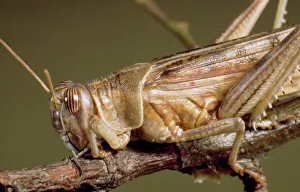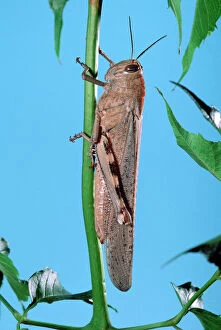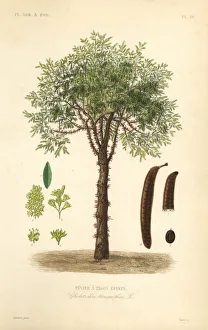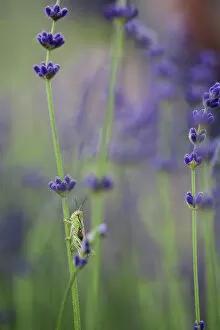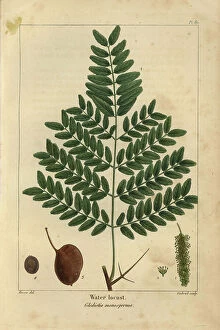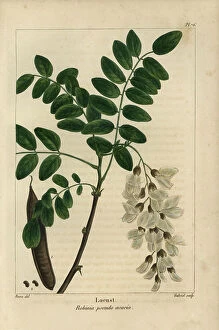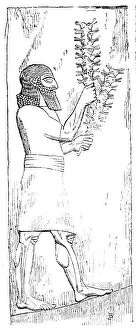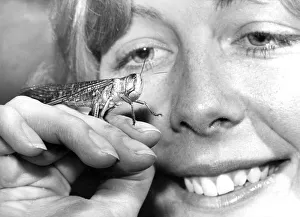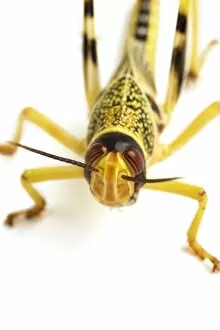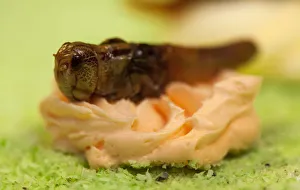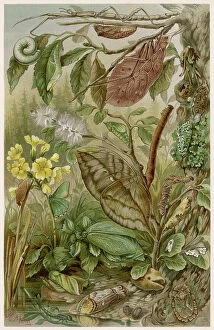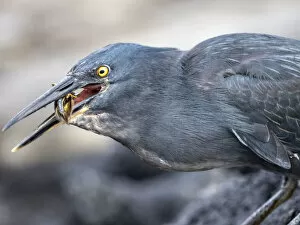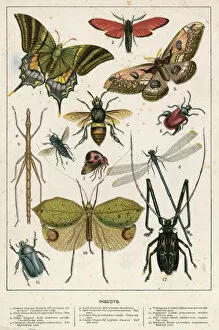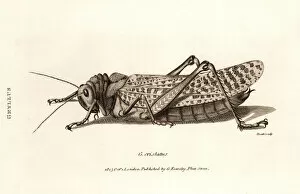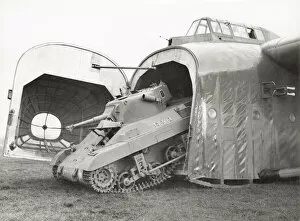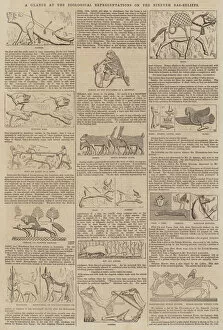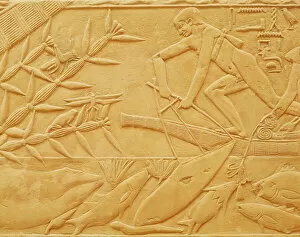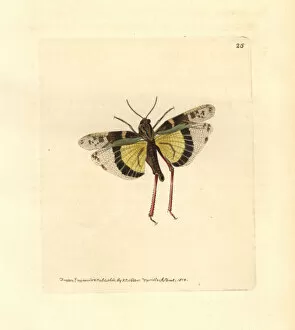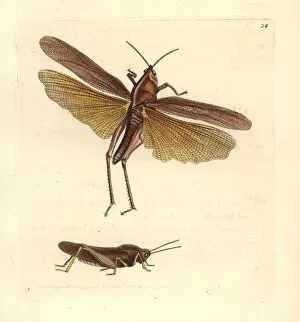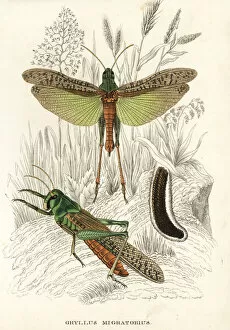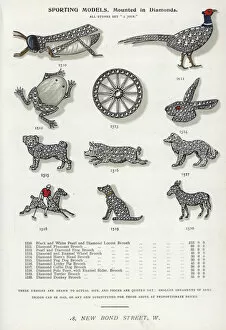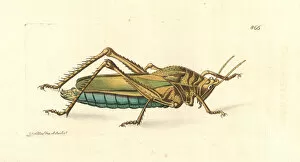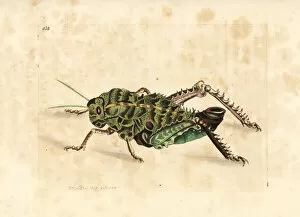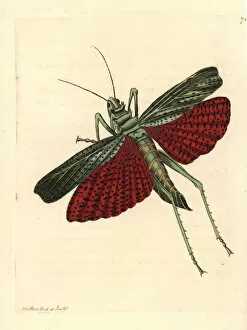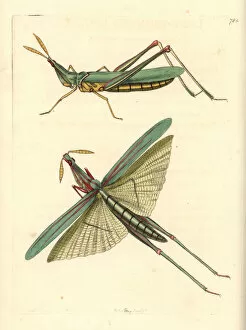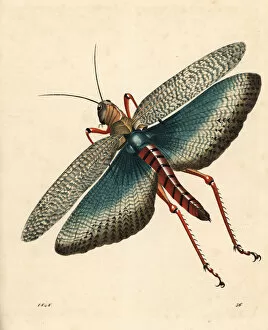Locust Collection
"Locust: From Desert Pests to Potential Food Source" Schistocerca gregaria, commonly known as the desert locust, has long been a menace to agricultural lands
All Professionally Made to Order for Quick Shipping
"Locust: From Desert Pests to Potential Food Source" Schistocerca gregaria, commonly known as the desert locust, has long been a menace to agricultural lands. These swarming insects can devour entire fields of crops in a matter of hours, leaving behind devastation and famine in their wake. However, recent research suggests that these notorious creatures might hold the key to our future food security. In some cultures, locusts have already found their way onto dinner plates. Egyptians have been consuming the Egyptian Locust - adult for centuries, considering it a delicacy with its nutty flavor and high protein content. As we face increasing challenges in feeding our growing population sustainably, perhaps it's time we embrace this unconventional source of nutrition. But not all they are pests; some even contribute positively to ecosystems. Take the honey locust or thorny locust tree (Gleditsia triacanthos), for example. This majestic tree provides shelter and sustenance for various wildlife species while beautifying landscapes with its vibrant foliage. And let's not forget about their close relatives – grasshoppers. With lavender-colored wings fluttering gracefully through meadows, they add an enchanting touch to nature's tapestry. A line engraving captures the intricate details of these fascinating creatures. Locally renowned landmarks like Fairfax Hotel on 43rd and Locust Streets in Philadelphia remind us that even urban areas have connections to nature's wonders. Amidst bustling city life lies an appreciation for biodiversity and ecological balance. Speaking of biodiversity, leaf insects showcase remarkable camouflage skills that allow them to blend seamlessly into their surroundings – a testament to Mother Nature's ingenuity at work. Julie Donkin from Durham University has dedicated her studies to understanding these intriguing insects further. By unraveling their secrets, she hopes to shed light on how they impact ecosystems and potentially unlock new ways of harnessing them as a sustainable food source.

